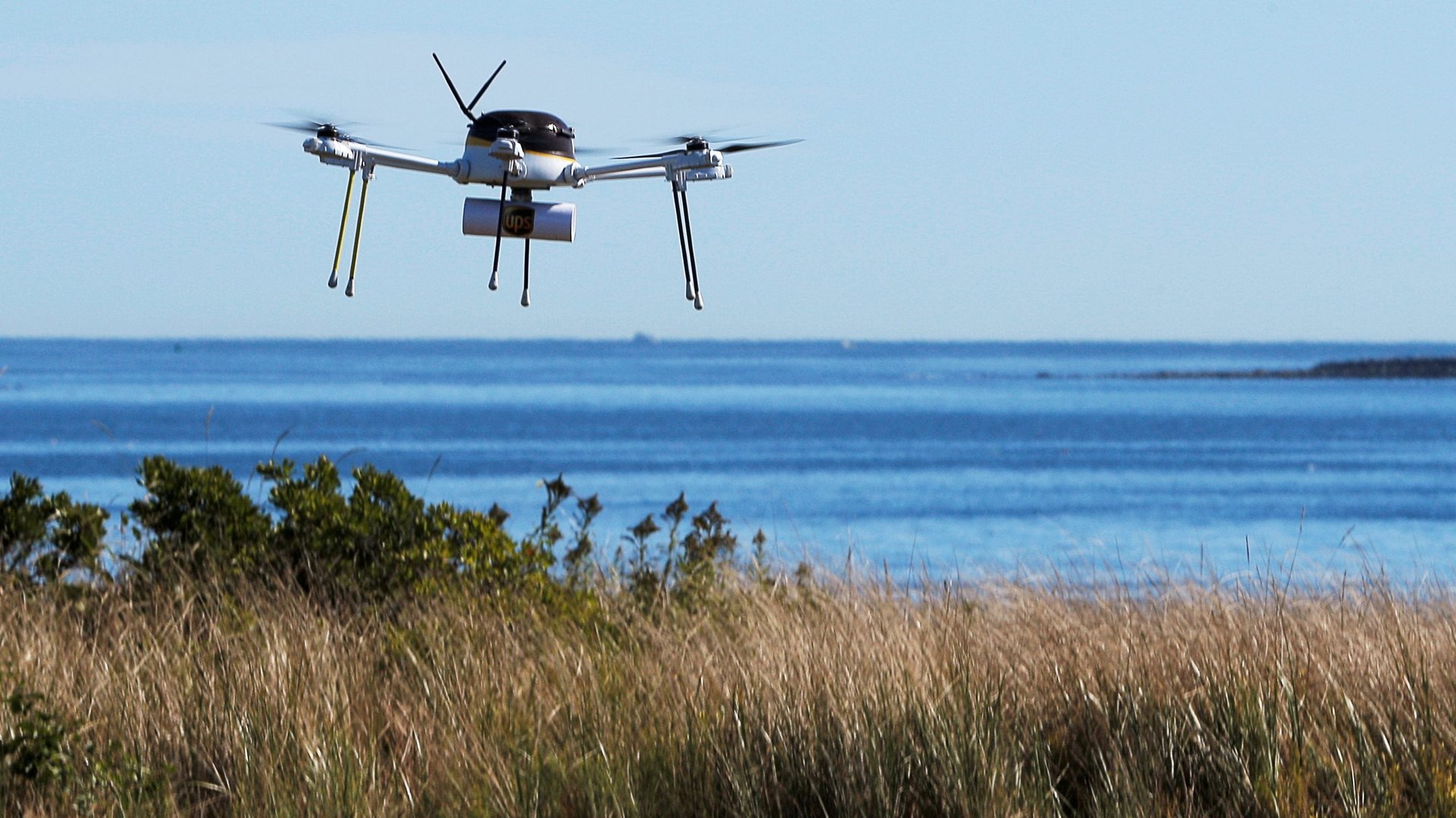The Indian government is finally taking drones seriously
After years of prohibiting the public from flying drones, India’s aviation regulator, the Directorate General of Civil Aviation (DGCA), on Oct. 30, unveiled draft norms (pdf) for the usage of aerial vehicles.


After years of prohibiting the public from flying drones, India’s aviation regulator, the Directorate General of Civil Aviation (DGCA), on Oct. 30, unveiled draft norms (pdf) for the usage of aerial vehicles.
“Drones have a lot of capability. Hence, it was generating a lot of interest. Not having any regulations amounted to a complete ban,” civil aviation minister Ashok Gajapathi Raju said at a press conference. “So, we decided to go ahead and develop a regulatory framework.”
Drones, also known as unmanned aerial vehicles (UAVs) or remotely piloted aircraft system (RPAS), are used in several parts of the world to monitor crop production and infrastructure, assess damage following natural calamities, and carry out surveys, commercial photography, aerial mapping, and package delivery.
Until now, owing to safety concerns, it has been illegal to fly drones in India without a nod from the authorities. The new rules aim to tap the myriad opportunities in the commercial and recreational space, while ensuring the safety of other vehicles in the airspace and people on the ground.
The government has designed the rules according to the size of the drone being flown.
Barring nano drones—those that weigh under 250 grams and can’t fly at higher than 50 feet—all others must be registered with the DGCA and acquire a Unique Identification Number. Drones that weigh over 2kgs will require an air defence clearance. And the remote pilot for any drone must be at least 18 years old and have gone through a prescribed training process.
The government has also specified certain areas that will be out of reach for drones. For instance, drones will not be permitted to fly within the 5km radius of an operational airport or within 50km of an international border, including the Line of Control (LoC).
The 5km radius around New Delhi’s Vijay Chowk—a boulevard close to the Parliament, Rashtrapati Bhawan, and North and South blocks—is also off bounds. Flying over densely populated areas, over an area affecting public safety or where emergency operations are underway, or over eco-sensitive areas like national parks and wildlife sanctuaries, are also punishable offences.
The draft is open to public comments for 30 days, after which the ministry will finalise the guidelines. The policy is set to be locked in by the end of this year, Reuters reported.
Several other countries have allowed the use of drones. The US announced its rules in June 2016 and a number of African nations—Kenya, Rwanda, Malawi, and more—have been using the technology to ferry HIV tests, deliver blood, and even combat poaching.
The rules will come as a relief for Indian e-commerce companies who can potentially skip the country’s crowded roads and traffic jams to make timely deliveries. Flipkart has been persuading the government in this regard since 2015. Amazon, which made its first public drone delivery in the US this March, filed a patent application in October for certain markers that it will deploy to facilitate deliveries using drones in India.
Other industries also have cause to cheer. In construction, for instance, drones can reduce surveying time by up to 98%. ”It can also be very useful in humanitarian causes like for delivery of blood,” civil aviation minister Raju said.